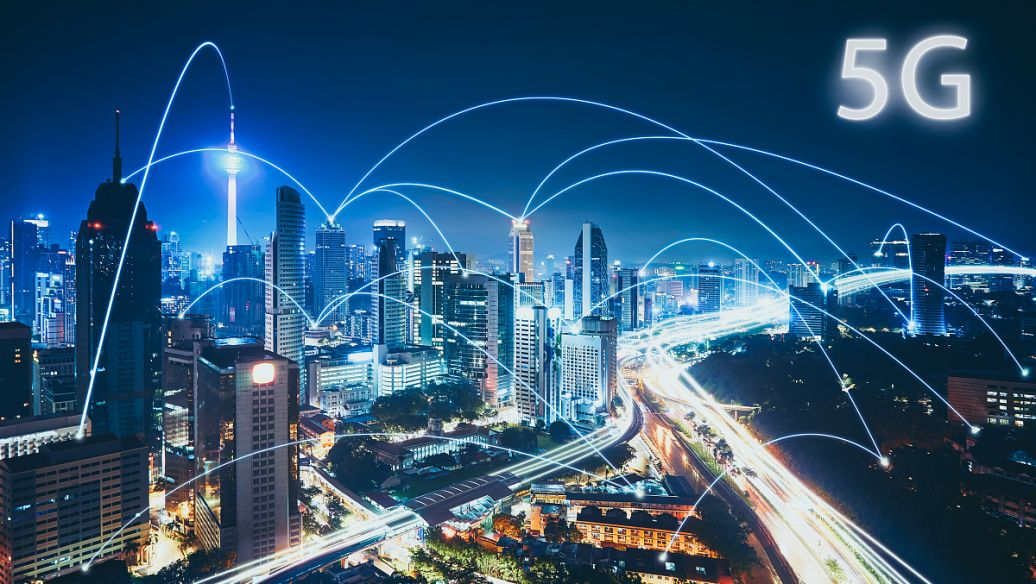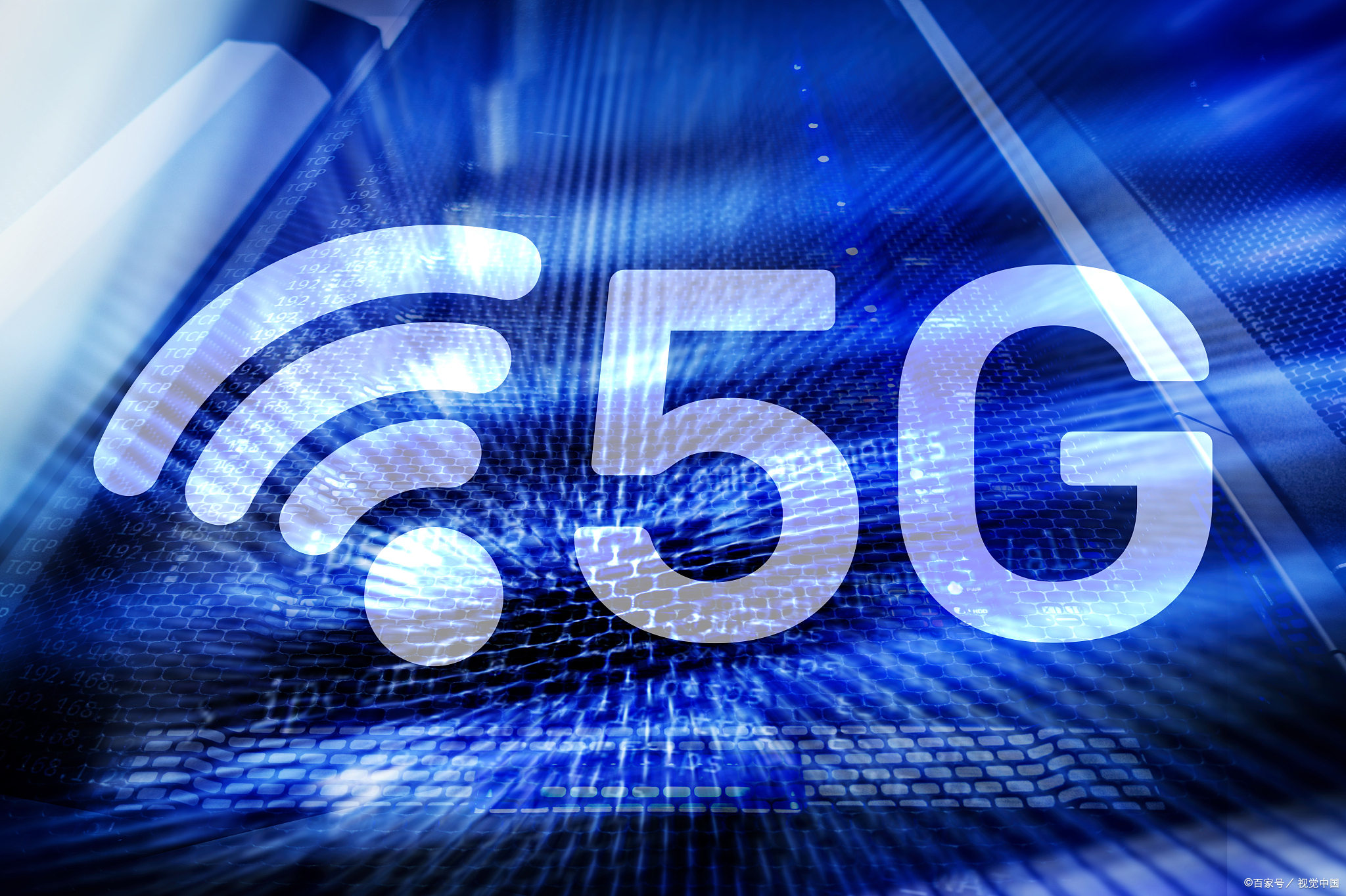5g Industrial Router(SR800)
875he StarRouter 800 (SR800) is a cutting-edge 5G industrial router that seamlessly integrates 4G/5G networks
View detailsSearch the whole station 4G Industrial Router Products

In this digital age, communication technology is advancing at an unprecedented pace. As the latest generation of mobile communication technology, 5G is leading us towards a new era of the Internet of Everything. So, how does 5G achieve communication? Let’s explore this fascinating field together.
5G stands for the fifth generation of mobile communication technology. Compared to previous generations, it offers higher speed, lower latency, and greater connection capacity. The peak data rate of 5G networks can reach 20 Gbps, more than 20 times faster than 4G networks; the latency of 5G networks can be as low as 1 millisecond, achieving near real-time communication; 5G networks can support up to 1 million devices per square kilometer, greatly expanding network capacity.
To achieve these impressive performance metrics, 5G employs a series of innovative technologies:
1. Millimeter Wave Technology: 5G utilizes high-frequency millimeter waves for communication, with frequencies ranging from 24 GHz to 100 GHz. Millimeter waves have very short wavelengths, providing larger bandwidth and higher data transmission rates.
2. Massive MIMO Technology: MIMO (Multiple Input, Multiple Output) technology improves communication quality and data throughput by increasing the number of antennas. 5G adopts massive MIMO technology, where base stations can be equipped with hundreds of antennas, forming precise beamforming and significantly enhancing spectral efficiency.
3. New Network Architecture: 5G introduces a brand-new network architecture, including technologies such as network slicing and edge computing. Network slicing allows the creation of multiple logical networks on the same physical network based on the requirements of different applications, providing customized service quality; edge computing brings computing and storage capabilities closer to users and devices at the network edge, reducing transmission latency and improving service response speed.

The basic principles of 5G communication are similar to previous generations of mobile communication, where information is transmitted between the transmitter and receiver via radio waves. However, 5G introduces some new technologies and methods to make communication more efficient and reliable.
1. Channel Coding and Modulation: 5G employs advanced channel coding and modulation techniques, such as LDPC codes and Polar codes, to achieve reliable data transmission in noisy and interference-prone environments. Additionally, 5G supports adaptive modulation and coding, dynamically adjusting transmission parameters based on channel conditions to achieve optimal transmission performance.
2. Beamforming Technology: 5G leverages massive MIMO and beamforming technology to precisely control the weights and phases of antenna arrays, forming highly directional beams in three-dimensional space. This concentrates signal energy towards the target user, reducing interference and improving signal quality and coverage.
3. Full-Duplex Communication: Traditional communication systems typically use time-division duplex or frequency-division duplex, where transmission and reception occur at different times or frequencies. 5G introduces full-duplex communication technology, allowing simultaneous transmission and reception on the same frequency, greatly improving spectral efficiency.
4. Multiple Access Technologies: 5G supports various access technologies, including Orthogonal Frequency Division Multiple Access (OFDMA) and Non-Orthogonal Multiple Access (NOMA). OFDMA divides the spectrum into multiple orthogonal subcarriers, enabling concurrent transmission for multiple users; NOMA allows multiple users to share the same subcarrier, further increasing system capacity through power allocation and successive interference cancellation (SIC) techniques.
With its exceptional performance, 5G will revolutionize various fields:
1. Enhanced Mobile Broadband (eMBB): 5G will provide faster data rates and lower latency, meeting people’s demands for applications such as high-definition video, virtual reality, and cloud gaming, delivering immersive experiences.
2. Massive Machine-Type Communications (mMTC): 5G can support the connection of a vast number of devices, promoting the development of the Internet of Things. Areas such as smart cities, smart agriculture, and industrial automation will embrace new opportunities, realizing the vision of interconnected everything driven by data.
3. Ultra-Reliable Low-Latency Communications (uRLLC): 5G’s ultra-low latency and high reliability will drive the development of mission-critical applications, such as autonomous driving, remote surgery, and industrial control. These applications have stringent requirements for network real-time performance and stability, which 5G is well-equipped to meet.

The emergence of 5G communication technology marks a new milestone in mobile communications. It is not merely an increase in speed, but a comprehensive technological innovation. The various innovative technologies employed by 5G, such as millimeter waves, massive MIMO, and network slicing, collectively build a high-speed, ubiquitous, and intelligent network, providing strong support for digital transformation and intelligent upgrades. As 5G continues to evolve and mature, we have every reason to believe that a new era of interconnected everything and shared intelligence is coming our way.
he StarRouter 800 (SR800) is a cutting-edge 5G industrial router that seamlessly integrates 4G/5G networks
View detailsThe SR800-D is a cutting-edge dual 5G industrial router that revolutionizes wireless connectivity for mission-critical applications.
View detailsThe SV900 5G Vehicle Gateway from Xiamen Key-IoT adopts an industrial-grade design to withstand the challenging operating conditions within vehicles. With a wide temperature range of -35°C to +75°C, it provides reliable performance across diverse ...
View detailsThe SR800-01 is a cutting-edge IoT wireless router that seamlessly integrates 4G/5G networks, optical fibers, and VPNs.
View details